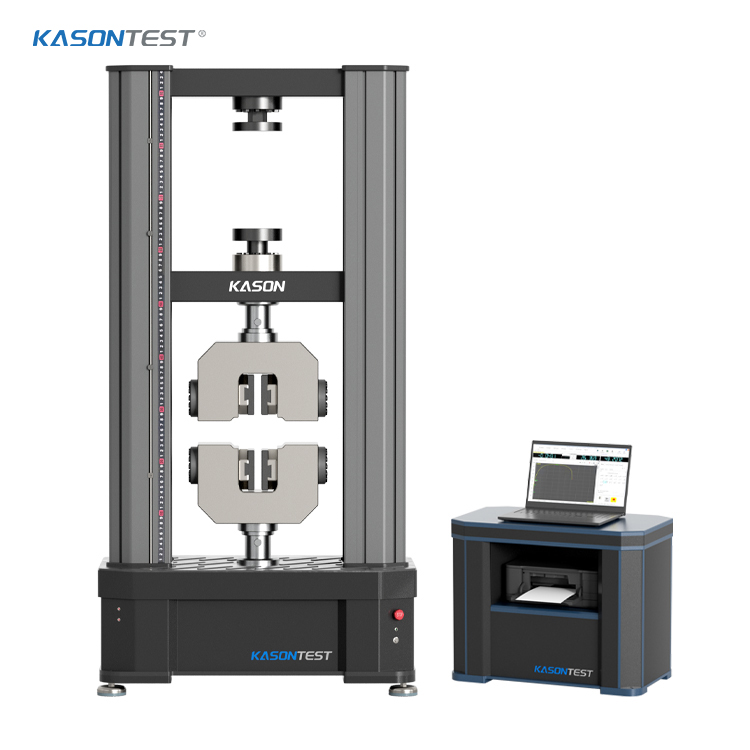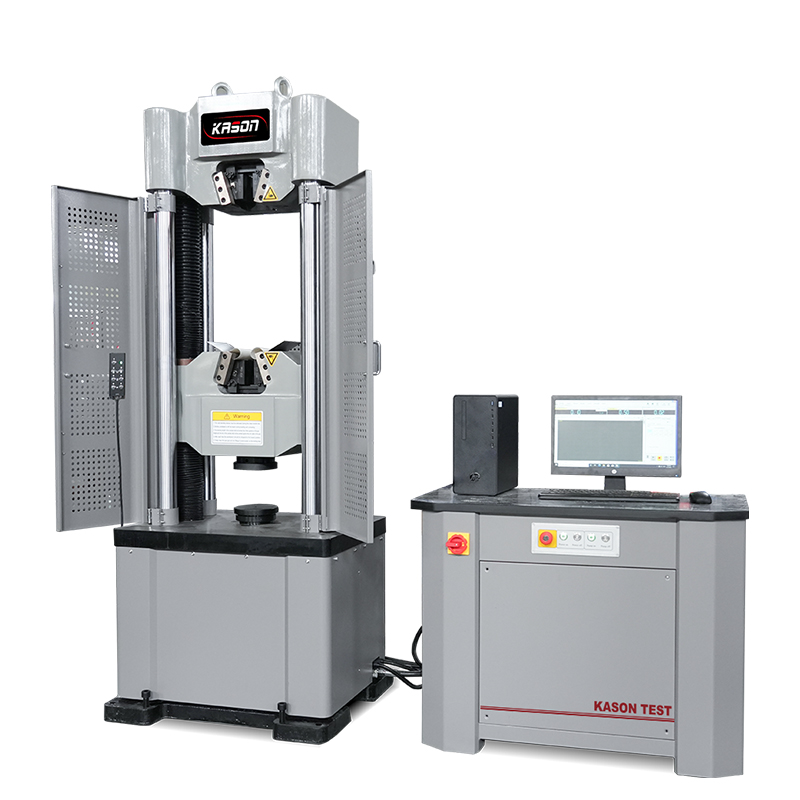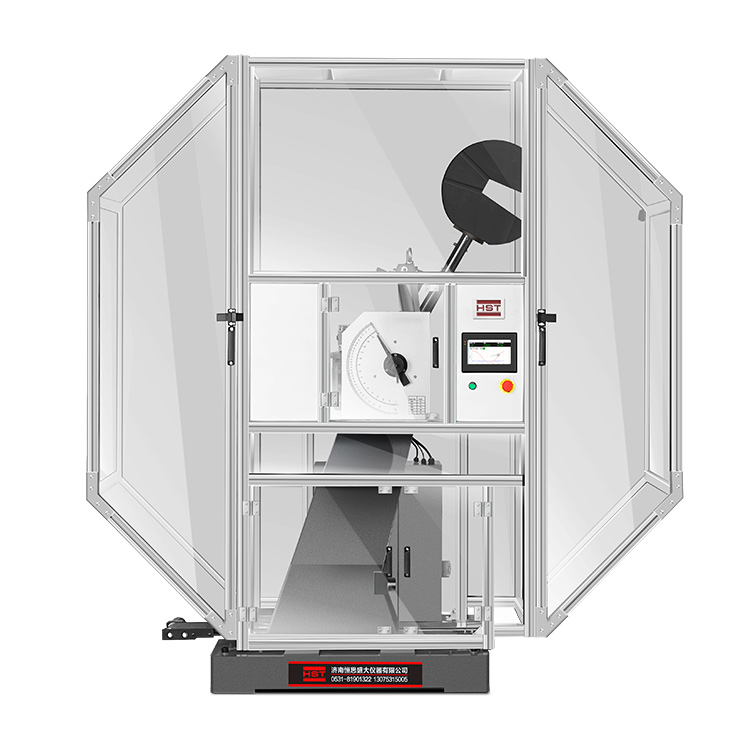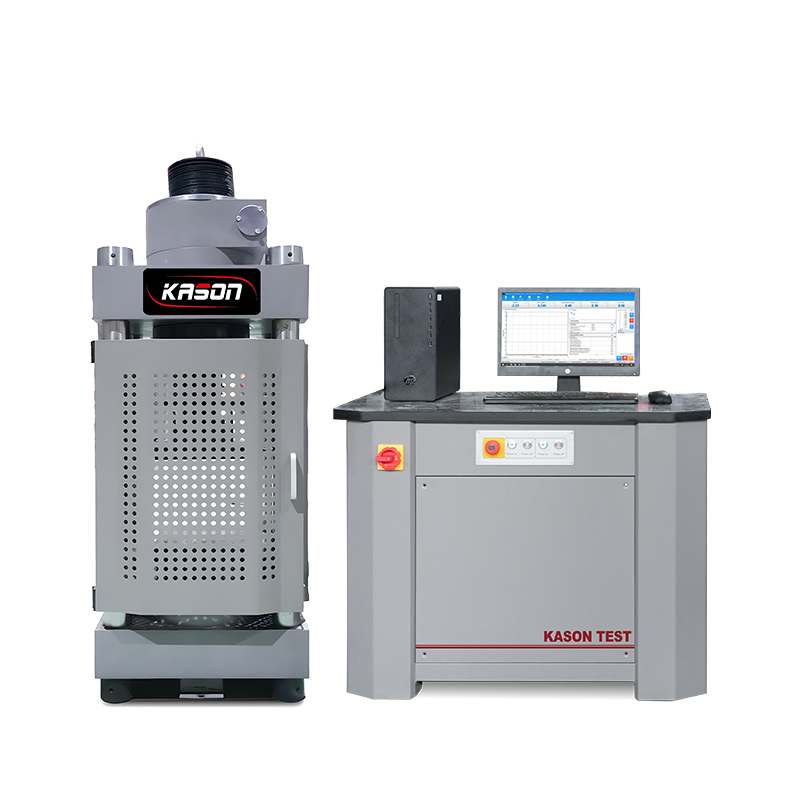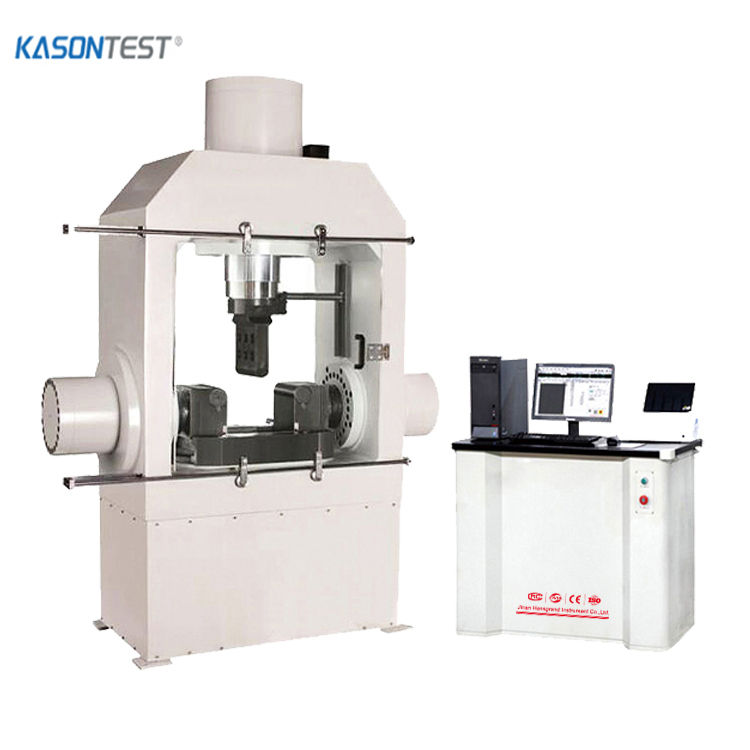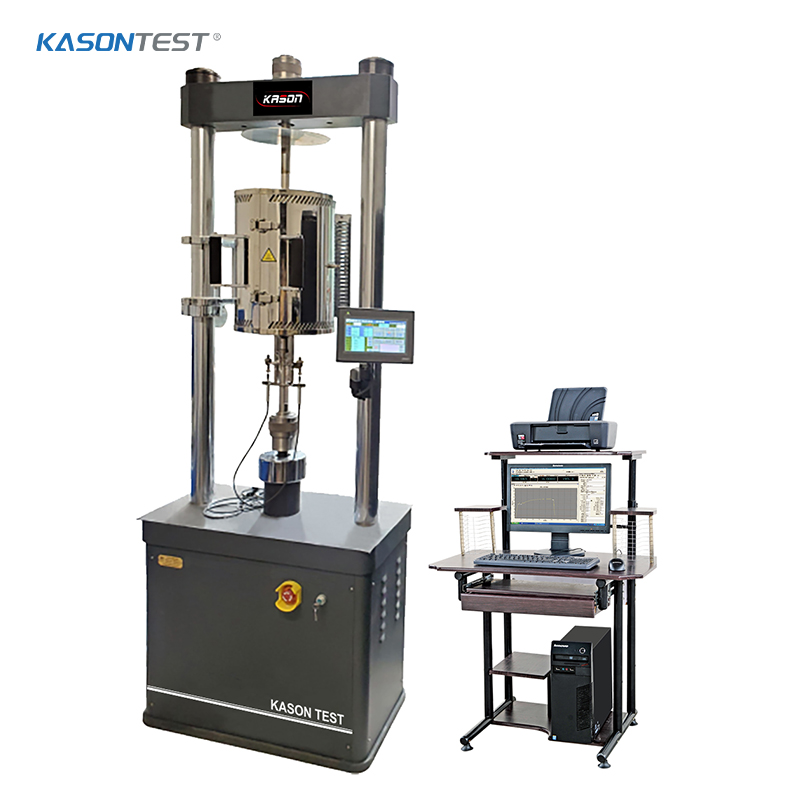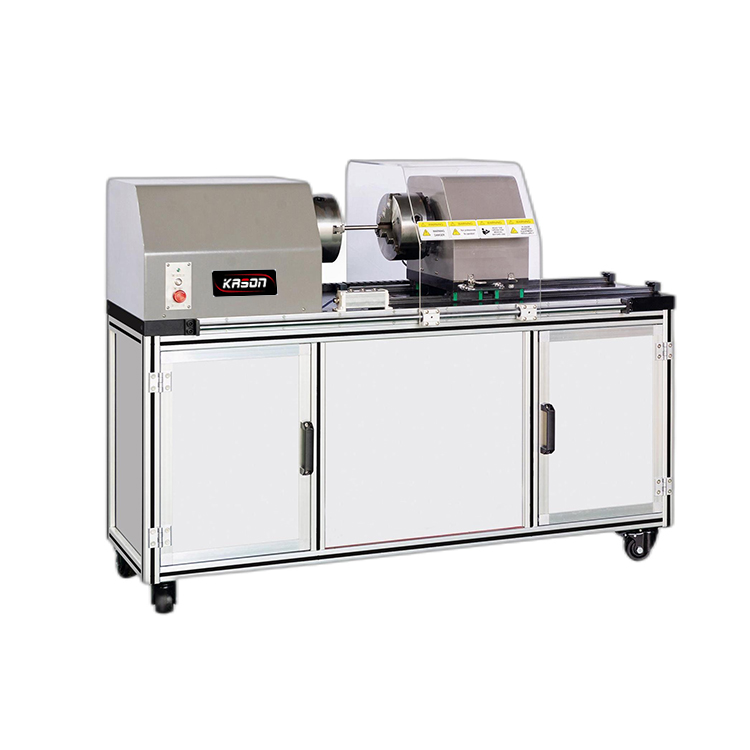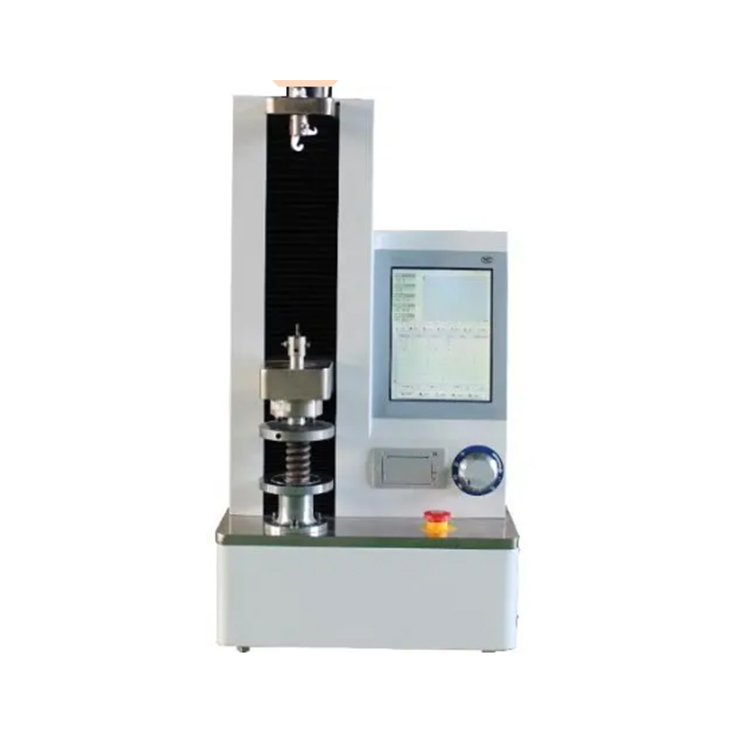Metals Testing Applications
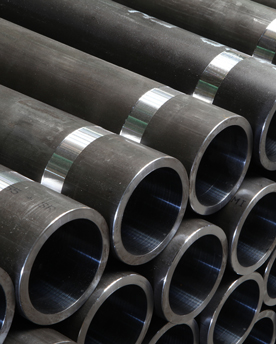
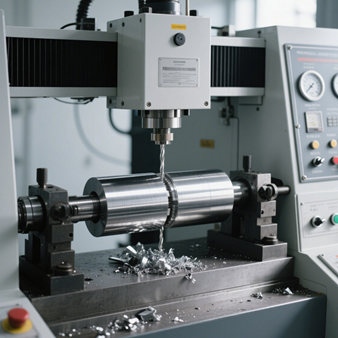
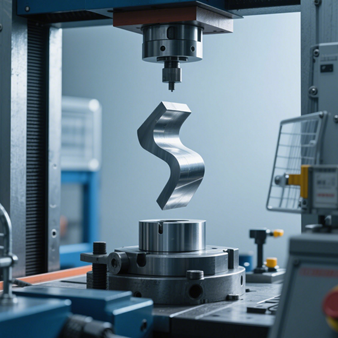
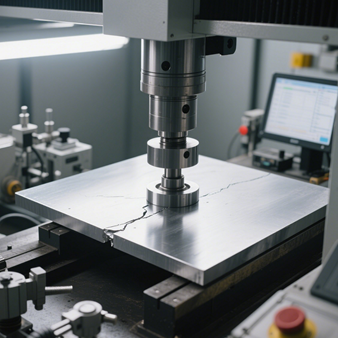
From testing fine wires, to sheet metal, to rebar, there are hundreds of standards for metal specimens. Here are a few examples - if you don't see the test method you are looking for, please contact us.
What are Common Metal Test Types?
Tensile testing is the most common mechanical test performed on metals. The metal tensile specimen is grabbed by a tensile grip mounted in a universal test machine and then pulled at a controlled speed until it breaks. Using a Newton test controller, the test results are analyzed and ultimate tensile strength (UTS) is reported including yield strength and elongation. The yield point is where the metal starts to perform permanently. Sample elongation measures the percentage in length before the break point. It indicates ductility.
Compression tests are similar to the tensile test procedurally but the sample is compressed instead of being pulled. Compression test fixtures are substituted for the tensile grips. And a precision Deflectometer is substituted for the extensometer to measure sample deflection, or strain. Instead of reporting tensile strength, the test report would present compressive strain values which is the maximum stress value before failure. Stress-strain characterization curves are also common.
Bend tests of metals are very common, especially when testing weld quality. There are many industry standards that are followed in metals bend tests. A metal specimen is bent over a mandrel until it breaks or reaches a specific angle. These tests confirm material quality and report sample ductility and bendability. They are critical for sheet metal and pipe applications. A guided bend test can be run with a special guided bend fixture mounted in a universal test machine. Our test fixtures are adaptable for any type of test machine.
Fracture toughness tests characterize a material's resistance to crack propagation and ultimate failure. They focus on how well the material resists growth of existing cracks under applied stress. Different parameters measure fracture toughness, depending on the test method and data analysis.
Dynamic and fatigue tests performed with stress control involve applying a constant cyclic load with constant maximum and minimum stress levels. The data is used to generate S-N curves and to understand a materials fatigue limit.
Torsion tests help evaluate a metal's response to twisting forces. Common measurements include shear strength and ductility. This information is useful in applications that include shafts and axles, fasteners and tools, metal wires and cables and components that undergo multiaxial stresses.
Mechanical tests determine or confirm that a metal is suitable for an application and often combined to fully characterize stress strain and fracture properties.

